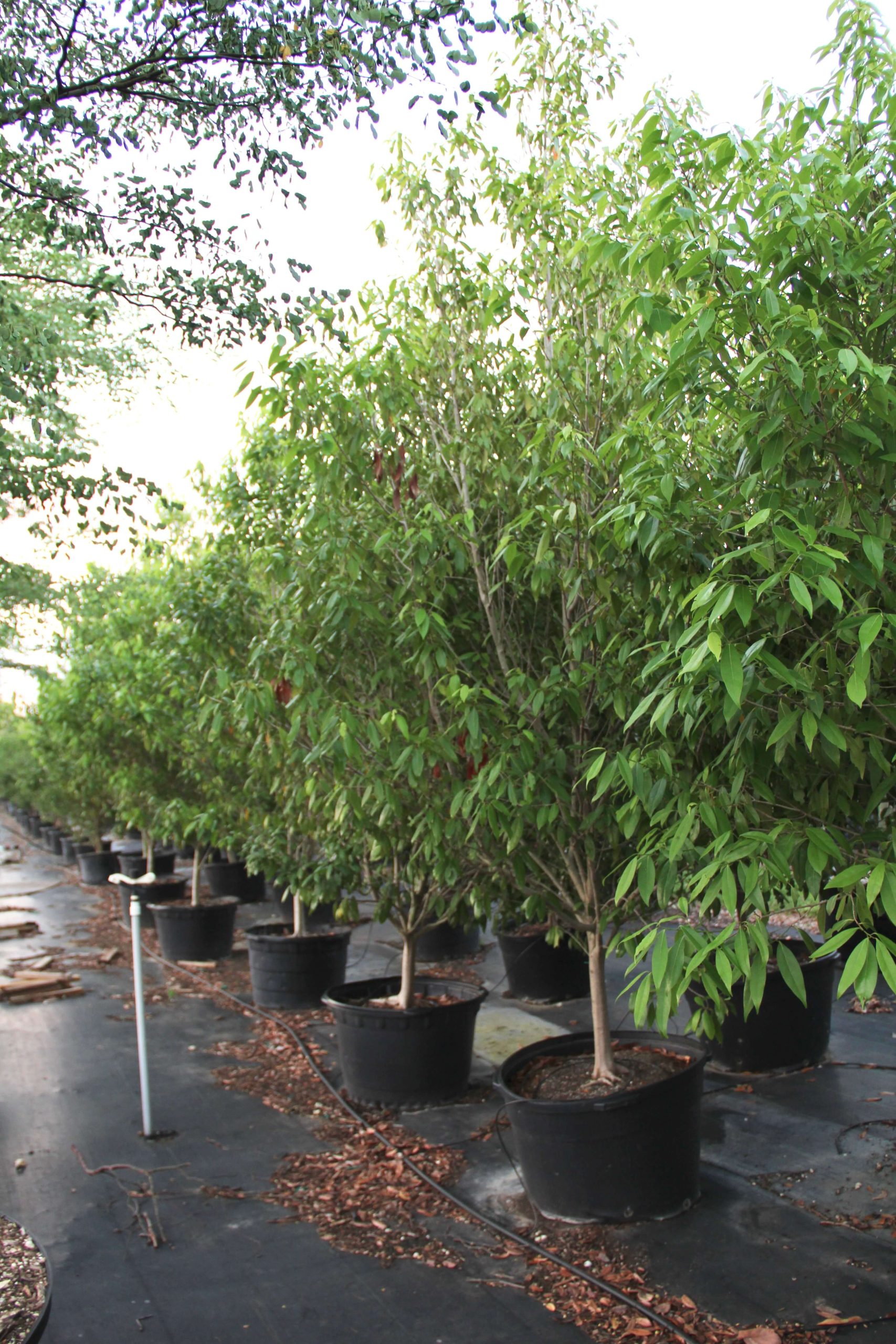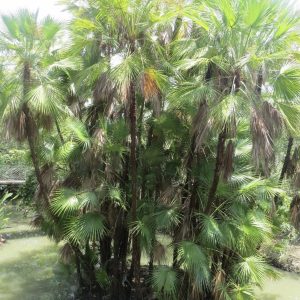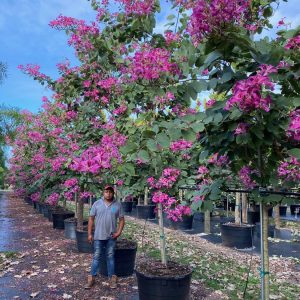Description
Ocotea Coriacea characteristics
Ocotea Coriacea (Lancewood) occurs in south Florida and the keys in hammocks as a common tree or shrub. It can grow to a height of 30 feet and has a narrow, round-topped crown of slender, spreading branches. The trunk is straight or in angle, the bark gray when young, becoming reddish brown and with warts. Additionally, leaves are alternate, smooth, dark green above, lighter below, 3 – 6 inches long and aromatic when crushed. Also, flowers are somewhat showy, borne in dense clusters, aromatic, white or creamy white, the blooms about 1 /4 inch wide and attract insect pollinators. Fruits are round or oval shape, about 1/2 inch long, purple and turning black when mature, with a red or yellow cup-like base; containing a single seed, used for propagation. The wood is oily and pieces can be burned as a light source.
Lancewood Tree in the landscape
In cultivation, Ocotea Coriacea (Lancewood) does best on moist, well-drained soils with a top layer of humus. Because of its handsome glossy leaves, beautiful flowers and unusual fruits, lancewood makes an attractive native accent or specimen tree, for residential and commercial sites. It is suitable for growth in a large planter or a boundary plant or as a hedge.








